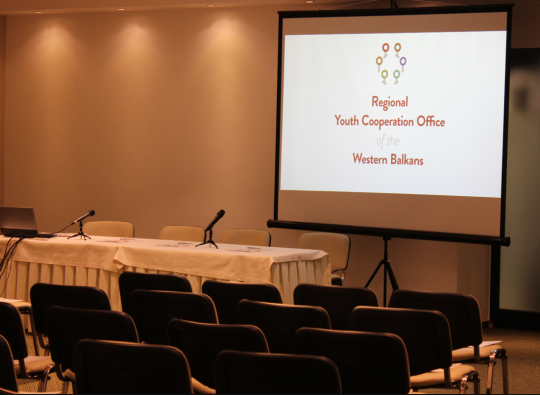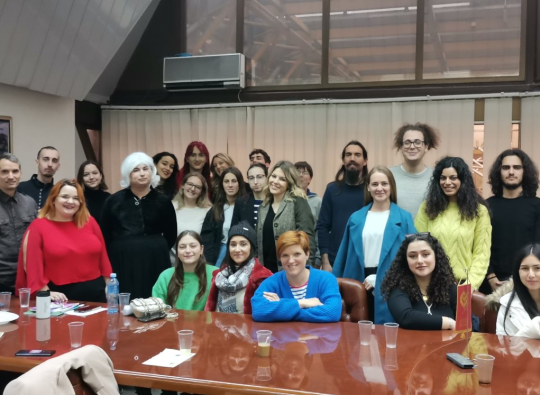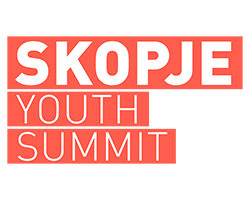To Whom It May Concern,
On the occasion of June 26, International Day in Support of Victims of Torture, partner organizations Youth Initiative for Human Rights Montenegro (YIHRMN), Albanian Centre for Rehabilitation of Victims of Torture and Trauma (ARCT), Youth Initiative for Human Rights Serbia (YIHRSR) and International Rehabilitation Council for Torture Victims (IRCT) are calling on competent institutions in Montenegro, Albania and Serbia to respect the right to rehabilitation of torture victims and efficiently fight against impunity. Although systemic torture is not present in these three states, we unfortunately have to mention that numerous individual cases of torture and abuse, which occurred in the past, remained uninvestigated and its perpetrators unpunished. None of these states have developed adequate support systems for torture victims. Torture victims need rehabilitation, while states and societies are obliged to provide and build mechanisms for efficient support in the process of restoring victims’ dignity.
YIHR MN registered several cases of torture where competent state institutions failed to conduct prompt, efficient and effective investigations that would result in punishing all perpetrators of human rights violations. The cases of lengthy court proceedings on charges of abuse and inhuman treatment and punishment have been registered, as well. Competent institutions, in particular prosecutor’s offices, failed to promptly, efficiently and effectively investigate all allegations of human rights violations committed by police officers. Recent judgment of the European Court of Human Rights in the case of Milić and Nikezić v. Montenegro has shown that Montenegro still lack mechanisms that would guarantee efficient investigation and punishing of all perpetrators of human rights violations. And this is the first step towards resorting victims’ dignity.
In Albania, the issue of rehabilitation of victims of torture and inhuman treatment is a complex reality we have not fully addressed yet. The population of victims of torture and inhuman treatment in Albania is composed of victims of former communist regime and victims of contemporary violence. It is estimated that more than 40 thousand people were exposed to torture and inhuman treatment during the communist regime, and around two thousand of them are still alive. The torture they suffered included prolonged detention, forced labour and various forms of torture and inhuman treatment. Although it is not possible to present precise figures on the number of contemporary victims of torture and inhuman treatment, ARCT’s monitoring in the period 2010-2014 identified around 1795 persons who were allegedly exposed to violence during arrest, transportation or police detention. Article 14 of the Convention against Torture (CAT) guarantees torture victims the right to redress, including both fair and adequate compensation and means for full rehabilitation. This right has recently been thoroughly elaborated in CAT’s General Comment #3, which provides that rehabilitation services should be in place, that they should be available, adequate and promptly accessible. During the second cycle of UPR in Albania, specific recommendations were issued for Albanian authorities, including “integration of specialised and holistic rehabilitation service into the public health system”.
The major problem in Serbia’s penal system is prison overcrowding. The Strategy for Reducing Overcrowding in Prisons in Serbia 2010-2015 was expected to bring significant results, but this did not happen. Serbia still faces a huge problem of overcrowded penal institutions. Overcrowding is present not only in dormitories, but also in other premises available to prisoners, such as recreation facilities, living quarters etc. Although some investments were made in the past few years – reconstruction of sanitary installations, reparation of roofs etc. – prison facilities are still in very poor shape. Hygiene is far from adequate, mostly due to a large number of inmates and decayed buildings. Both prisons are poorly and inadequately equipped with furniture, bed clothes, mattresses etc. Correctional institutions currently have 9000 beds at their disposal, while prison population in Serbia at the moment includes 10,500 inmates. Serbia aims to ensure a space of four square meters per inmate, in accordance with EU rules, but at the moment it is only one square meter per inmate. Although significant results have been achieved thanks to the 2014 decision on conditional release (20% of the total number of releases were conditional releases and 1566 alternative sanctions where rendered which do not include imprisonment), there is still plenty of goals to be achieved.
We would also like to announce that within the project “Building Free of Torture and Impunity Societies in the Western Balkans”, supported by the European Union, we are going to make a documentary on relevant aspects of fight against torture in the three states. In this manner, partner organisations will join global campaign to support victims of torture.
Sincerely,
Project Coordinators
Milan Radović
Erinda Bllaca
Sanja Ristić
Mushegh Yekmalyan









